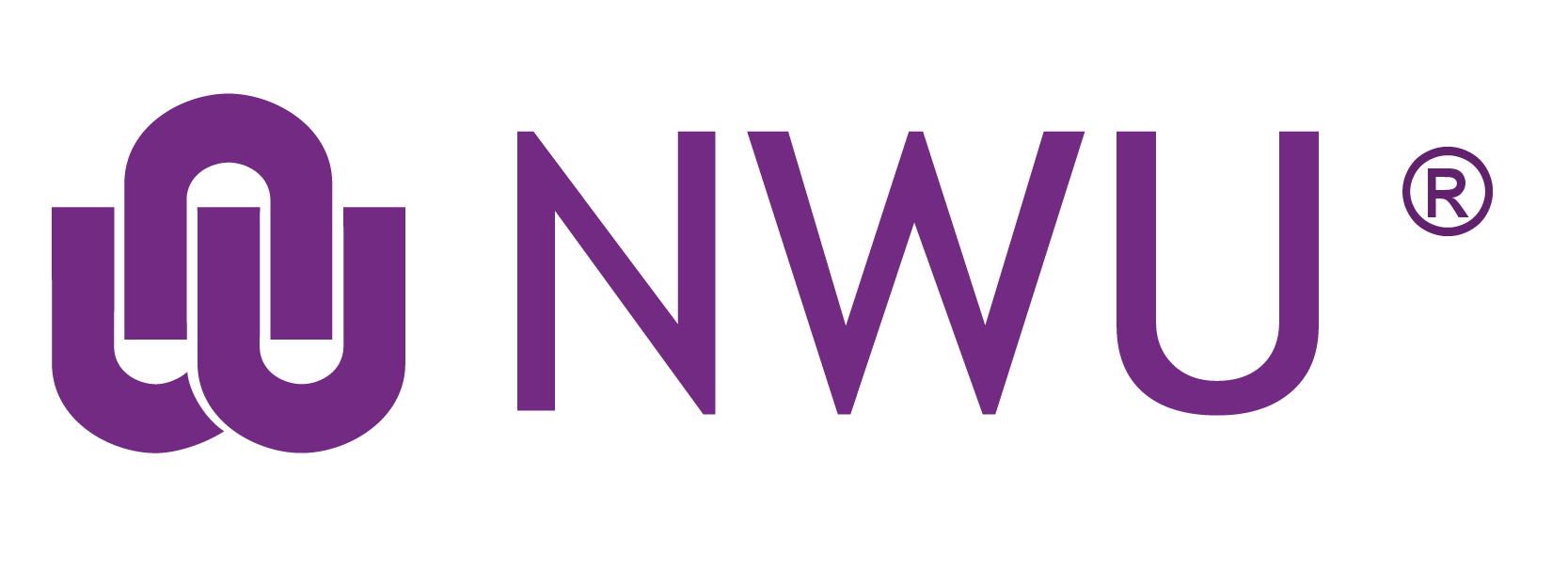Welcome to the NWU Repository, the open access Institutional Repository of the North-West University (NWU-IR). This is a digital archive that collects, preserves and distributes research material created by members of NWU. The aim of the NWU-IR is to increase the visibility, availability and impact of the research output of the North-West University through Open Access, search engine indexing and harvesting by several initiatives.
Communities in NWU Repository
Select a community to browse its collections.
Most Viewed Items
Views
12357
10031
6519
6212
5903
4605
4373
3938
3505
3121
Most Downloaded Items
Downloads
203343
63248
46649
33712
27354
26646
26287
26158
19452
16971
